Minimalist Phenidone and Vitamin C Film Developer
A Little Goes A Long Way…
by Daniel Keating
Tucson, Arizona
Is it possible to have a film developer which has a minimal environmental impact, and costs less than $0.02 for each roll of film? And we are talking 2020 prices!
This article is a revisit of Patrick Gainer’s Phenidone & Vitamin C mix which was originally published in The Unblinking Eye. I started to click through some of the old formula links and found an old reprint from a 1990’s magazine article by Patrick Gainer here: https://unblinkingeye.com/Articles/VitC/vitc.html.
The article has the technical info and a few tables of various permutations of the formula with different chemicals that can be used/substituted for others. For the sake of brevity here I have converted the old Imperial English measurements to metric and will be calling out some improvements for the mix that are my own. We will also be using just one permutation of the ingredient table to keep it simple.
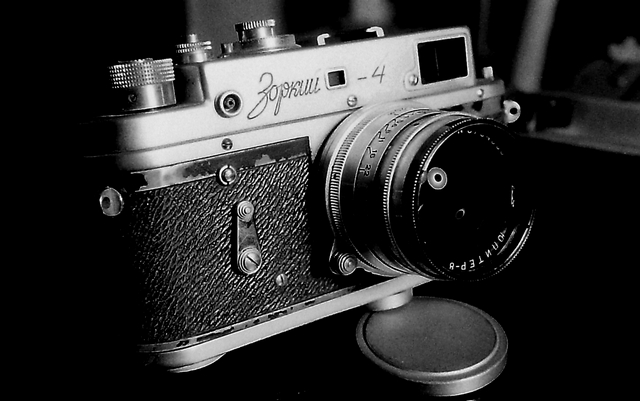
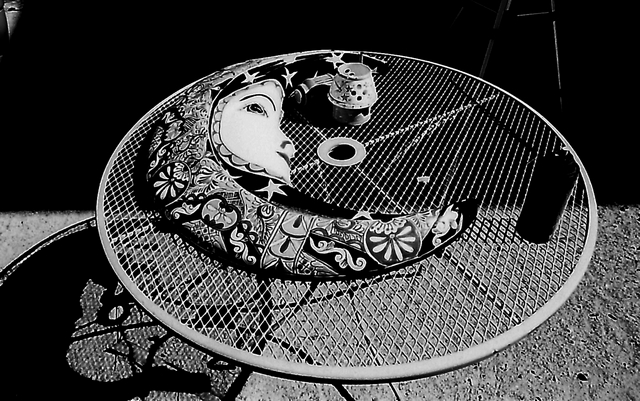
I’m a bit of a numbers guy and I was intrigued by the very low consumptive rate of Phenidone. The original article states to add 0.65g to 80 ml of alcohol and from that, you’d use 2.5ml for a QUART. A couple of things here: With no sulfites, the shelf life will be quite short (I prefer one-shots personally) and Phenidone in alcohol will “go off” on you in maybe 9 months of storage. Powdered Phenidone has been observed to go off after 2 years on the shelf. We want reliable components and no waste.
My research shows that a 5% solution of Phenidone in Propylene Glycol should keep for decades.
The mind-boggling thought is that if you are only consuming 0.1ml of the Phenidone/ Propylene Glycol solution per roll, that litre mix that costs out at $20 will cover 10,000 rolls!!! Mix a batch & share with friends.
The small quantity of the other chemicals is very negligible as far as environmental impact goes. Not much is going down the drain. The other chemicals are easily sourced and inexpensive.
The results look quite nice—this is not an inferior mix. I have used this mix for long-expired film as well as fresh. At what I paid for the constituent chemicals each roll comes out to about 1.7 cents the US.
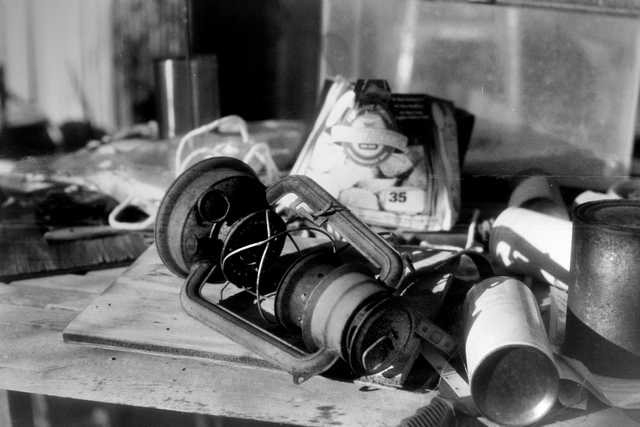
Ingredients
Stock solution
| Phenidone | 50 g |
| Propylene Glycol | 1 litre |
Working 1 Shot Developer (300ml for a 35mm roll)
| Water at room temperature | 300 ml |
| Sodium Hydroxide | 0.25g |
| Sodium Bicarbonate | 0.7 g |
| Ascorbic Acid | 0.5g |
| Phenidone/ Propylene Glycol Stock solution | 0.1ml |
Method
Stock Solution
Heat the Propylene Glycol in a pyrex type vessel in the microwave for 1 minute to 90 seconds and add the Phenidone—stir to dissolve. Allow to cool and decant to amber glass bottles. I prefer recycled Kombucha (Green Tea drink) bottles that are clean and absolutely dry.
Avoid going higher than a 5% solution as you will likely see crystal precipitation. Avoid contaminating the mix with water.
This is where the mind boggles. In doing the math for a single 300ml 35mm tank I came up with the following proportions—mix in the order given & stir to dissolve before adding the next chem:
1 shot developer mix
300 ml water at room temperature
0.25g Sodium Hydroxide (this is a conversion of the 4ml of a 10% solution from the original article-just make sure it’s fully dissolved before adding the next chem,
0.7 g Sodium Bicarbonate
0.5g Ascorbic Acid (Vitamin C powder). You may see some “fizzing” after adding to the mix, this is normal.
0.1ml Phenidone/ Propylene Glycol solution (I use a small insulin syringe with needle cut off to measure this small of a quantity. A lab pipette is another alternative. If nothing else, 3 drops with a medicinal eyedropper)
Processing
Process times are 15-19 minutes for most films with 10 seconds of agitation every minute. Use once & toss. Normal stop bath & fix/wash cycles.
Chemistry
| Ingredient | Comments |
| Phenidone | currently available in the US market from Artcraft in NY for about $12 for 50g. |
| Propylene Glycol | To make a 5% solution you’d need 1 litre of Propylene Glycol to go with that 50g quantity of Phenidone. This is a common ingredient in “e-cigarette” juice (along with glycerin) and may run you $8 for the litre on Amazon. We only need the Propylene Glycol & not the glycerin. So, the sub-total here is about $20 and some shipping for the Phenidone & Propylene Glycol. |
| Sodium Hydroxide | I use Lye drain cleaner from the hardware store) About $5 a pound |
| Sodium Bicarbonate | (common Arm & Hammer baking soda). A huge 13lb bag was $6 or so at Costco |
| Ascorbic Acid (Vitamin C powder). | The best price I have seen is $20/kg on Amazon |
If you are concerned about handling sodium hydroxide, a less caustic alternative for that is TSP/90 which is sodium metasilicate (NOT the old Trisodium Phosphate). I find that 1g to 300 ml is sufficient. This is commonly sold in paint departments of stores as a wall wash to prep paint surfaces as a de-greaser. The original formula does mention using sodium carbonate but NOT in any of the “improved” formulas. I guess that it did not drive a sufficiently high PH.
Editor’s note:
I priced up this chemistry in Europe. Using the lowest prices from eBay and a couple of photographic chemical suppliers the cost worked out to be €0.04/roll. Buying larger quantities may have reduced prices further.
In any case Daniel’s developer is still very economical.
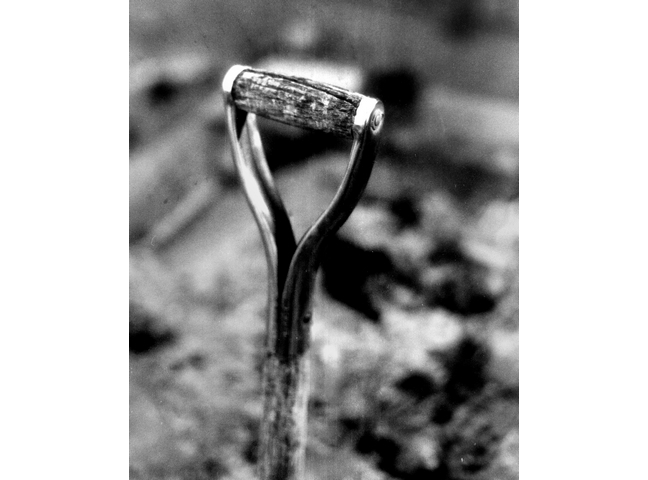
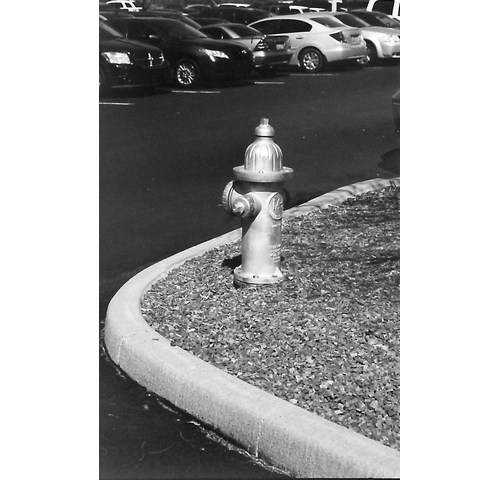
Images © Daniel Keating 2020.
We have a favour to ask. We want to make these online articles free to the world. We see it as our contribution to the photographic community. You can help by subscribing to our awesome analogue photography magazine – https://shop.silvergrainclassics.com/subscriptions/
